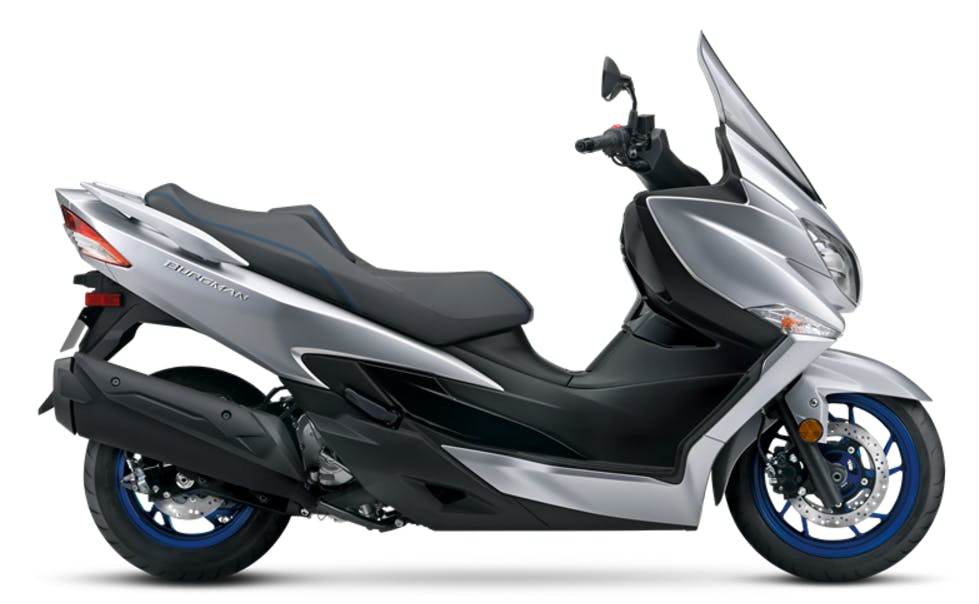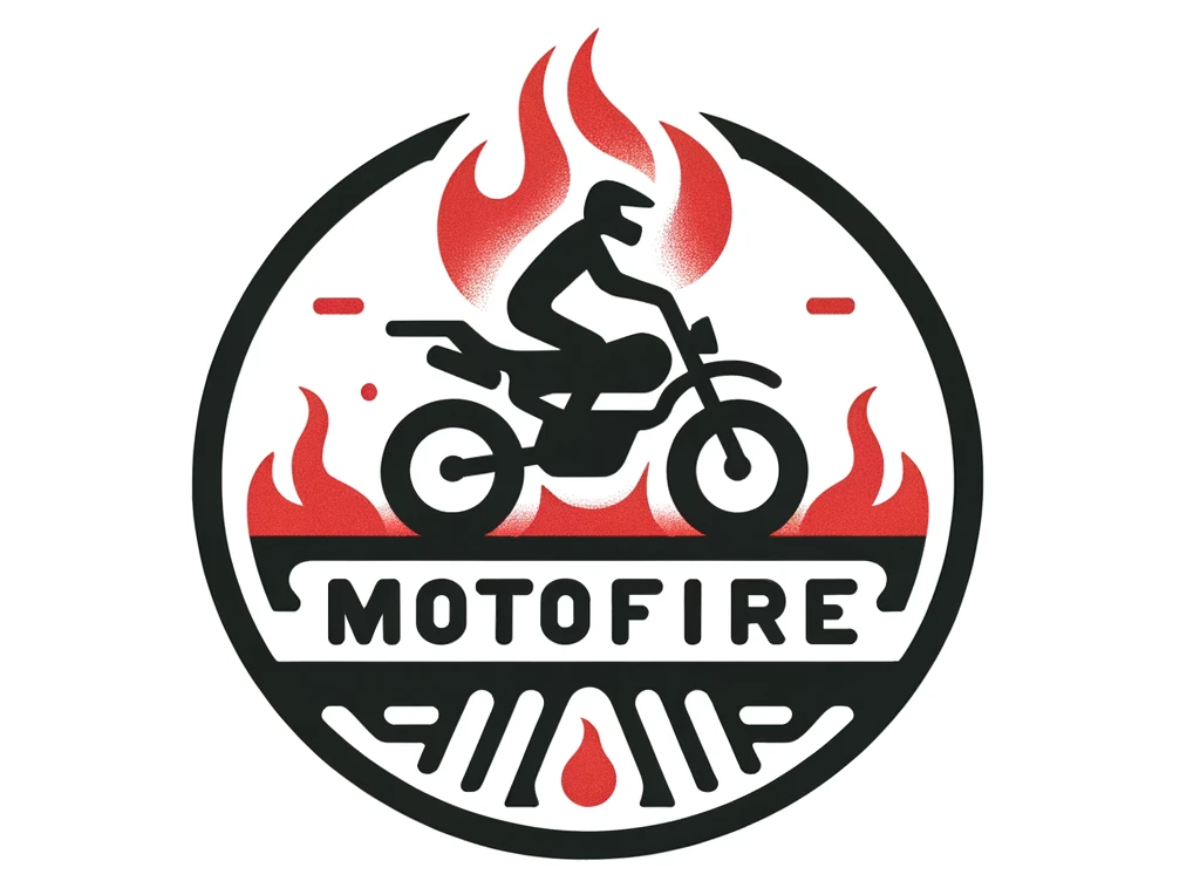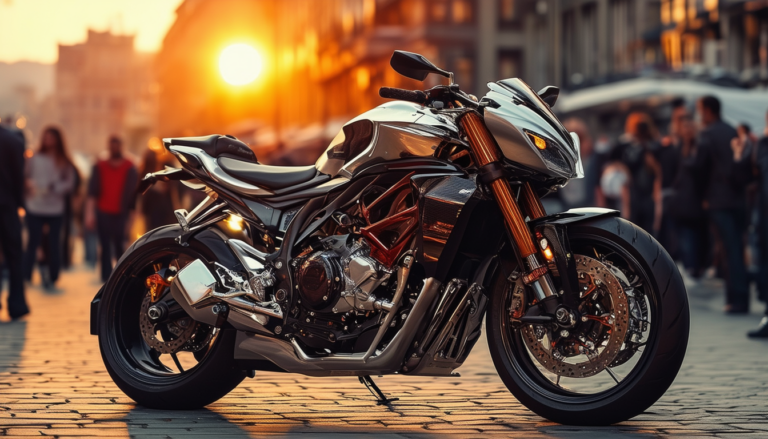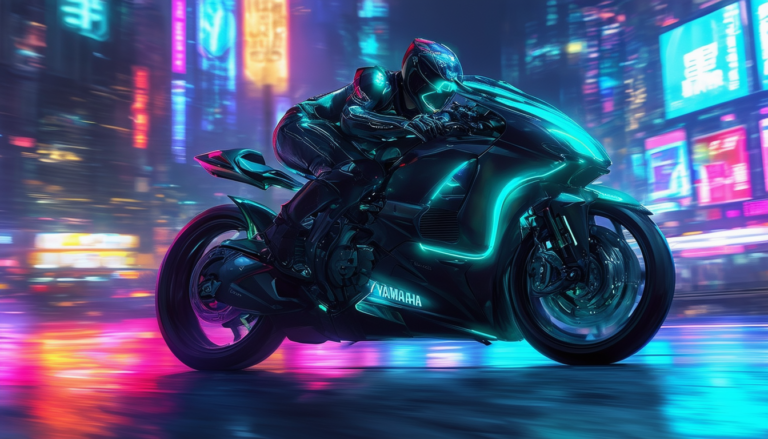Debunking RevZilla: The Case for Automatic Motorcycles

For those of us who live for the thrill of the ride, the ongoing debate between manual and automatic motorcycles is an engaging topic. RevZilla’s ‘Highside, Lowside’ podcast recently stoked the flames by challenging the merits of these innovations. While some argue that automatic transmissions lead to bad habits, I dare say they bring an entirely new dimension to the motorcycle experience. From scooters to motorcycles with continuously variable transmissions and Honda’s Dual Clutch Transmission (DCT), the automated revolution is redefining how we enjoy the open road. Embracing the convenience and accessibility of automatic motorcycles, especially for new riders, could be a game-changer in the world of biking.
Debunking RevZilla: The Case for Automatic Motorcycles
In recent discussions, RevZilla’s podcast, “Highside, Lowside”, touched on a controversial topic: the emergence and impact of automatic motorcycles. With a focus on how new technologies, particularly automatic and clutchless transmissions, are affecting motorcycling, there’s ample room for debate. However, it’s essential to shed light on the misconceptions around automatic motorcycles and dive into why they are not just here to stay but can enhance the motorcycling experience, especially for newcomers and those favoring ease over complexity.
The Evolution of Automatic Motorcycles
Automatic motorcycles have evolved significantly over the years. Starting with early attempts like the 1970s-era Hondamatic, which was more of a clutchless manual with a foot shifter, the journey has been about refining the concept of ease and accessibility. Today, automatic motorcycles include scooters, maxi-scooters, and those equipped with continuously variable transmissions and Honda’s Dual Clutch Transmission (DCT). This technology allows for a ride where twisting the throttle is all that’s needed, appealing to a wide range of riders.
Challenging the Stigma Around Automatics
There’s a prevalent stigma that automatic motorcycles might make a rider “less skilled” or that they cultivate bad habits. However, this criticism overlooks the positive aspects. Automatic bikes simplify the riding experience, making it more approachable for beginners and those considering entering the motorcycling world. The ability to focus on navigation and terrain rather than gear changes can be immensely beneficial, especially in challenging off-road environments.
Automatic Motorcycles and Safety Considerations
While some argue that automatic bikes are less secure due to their heavy-weight design, this perspective requires a more nuanced understanding. Every bike, whether manual or automatic, has its inherent risks. An automatic transmission reduces the scope for rider error, which can make these bikes safer in many everyday riding situations. Nonetheless, it’s crucial for riders to choose a machine suited to their skill level and the intended riding conditions.
Example Models and Their Benefits
Models like the Aprilia Mana 850 and Hondas with DCT technology highlight how innovation can enhance the riding experience. These bikes are perfect for urban commutes and leisurely rides, offering a seamless transition for those accustomed to automatics in their daily vehicles. Despite RevZilla’s hesitations, these models cater to an evolving market that values convenience without compromising on performance.
Bridging the Gap for New Riders
The rise of automatic motorcycles could lead to more riders discovering the joys of biking. For individuals who find the complexity of manual transmissions daunting, automatics provide a viable alternative. By removing the learning curve associated with gear shifting, these bikes can empower more enthusiasts to embark on two-wheeled adventures.
Conclusion: Embracing the Future of Motorcycling
Automatic motorcycles are more than just a passing trend; they represent a shift towards making motorcycling accessible and enjoyable for all. While critiques from platforms like RevZilla are insightful, they often miss the broader context of inclusivity and technological advancement. As the market evolves, embracing automatic options might be key to sustaining and growing the motorcycling community.
The world of motorcycling is ever-evolving, and one of the hot topics that continually sparks debate is the rise of automatic motorcycles. While some purists hold onto the manual experience, others embrace the convenience and innovation that automatic bikes offer. This article will delve into debunking common misconceptions about automatics and highlight why they deserve a place in the two-wheeled world. We’ll take a close look at the concerns raised by enthusiasts on platforms like RevZilla and provide insights into how automatic motorcycles can truly enhance the riding experience.
Debunking RevZilla: The Case for Automatic Motorcycles
Understanding the Evolution of Automatic Motorcycles
Modern automatic motorcycles have come a long way since the early days of clutchless two-wheelers. From scooters to fully equipped dual-clutch transmission (DCT) bikes, the variety and capability of these machines have expanded vastly. Today’s options, such as the Aprilia Mana 850 or the DCT-equipped Hondas, offer a smooth and brainwave-simple riding experience where you “twist and go,” ideal for those new to riding or seeking a more relaxed cruise.
Breaking Down the Misconceptions
The hosts of the RevZilla podcast, “Highside, Lowside,” argued that automatics might breed bad habits among new riders. The argument suggests that the absence of a clutch reduces the skill required to ride and could lead to unsafe practices. However, the reality is these bikes often allow riders to focus more on road awareness, navigation, and enjoyment of the ride itself, without worrying about mastering manual clutch control. For those starting out, an automatic motorcycle can be the perfect entry point into the world of motorcycling.
Exploring the Safety Perspective
A common belief is that manual motorcycles are inherently safer due to their lightweight design and direct control. Automatic bikes are often heavier because of their complex mechanisms, potentially becoming cumbersome at high speeds. Nevertheless, the additional stability and technology-driven features in automatics can provide a robust safety net. They eliminate many of the user errors that can occur with manual bikes, potentially making them safer in certain riding conditions.
The Rise of Comfort and Convenience
One major advantage of automatic motorcycles is their unmatched convenience. As more riders lean towards enjoying the journey with less mechanical engagement, automatics are gaining popularity. These motorcycles are not just for beginners but also appeal to seasoned riders who appreciate the luxury of effortless gear transitions. The seamless ride encourages more frequent use, making riding an everyday choice rather than just a weekend thrill.
Advanced Technology and Future Prospects
The future of motorcycling seems to embrace automatic transmissions, with new advancements continually pushing boundaries. As manufacturers invest in enhancing ride quality and incorporating features like continuously variable transmissions and electric propulsion, automatic bikes are set to be an essential part of the biking landscape. As these technologies improve, the scope for innovation and accessibility in riding will only broaden, drawing more enthusiasts onto the roads.






